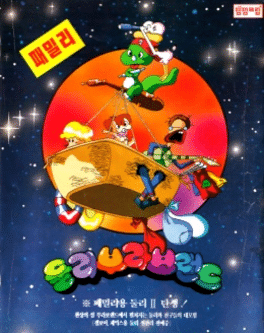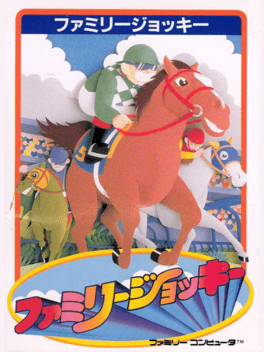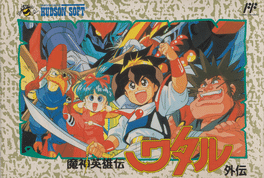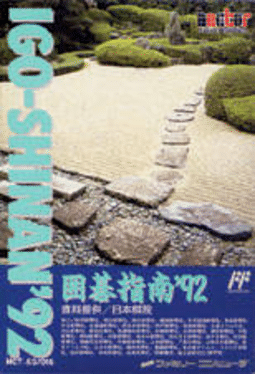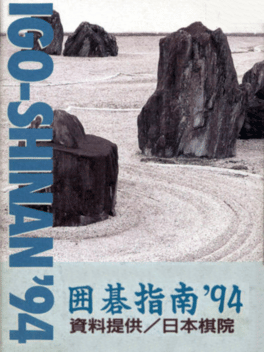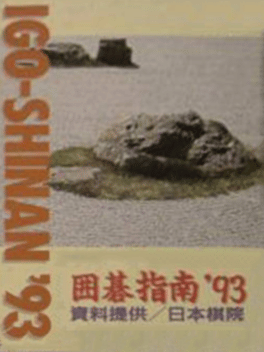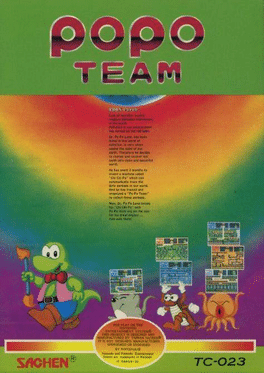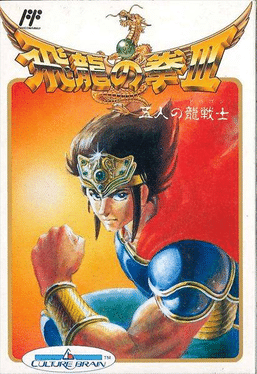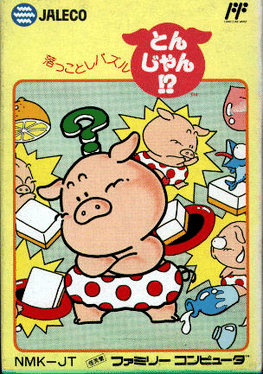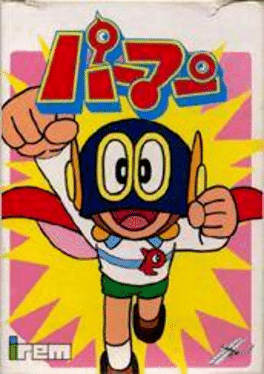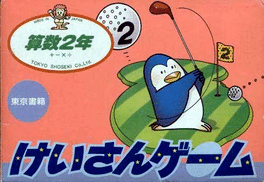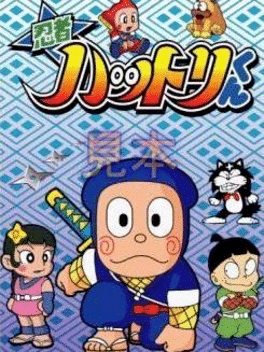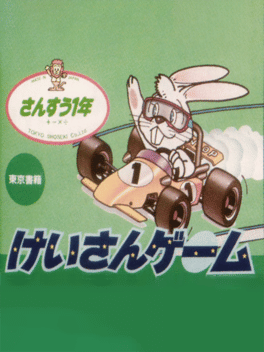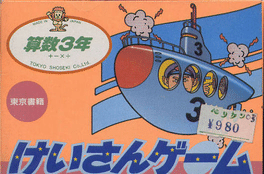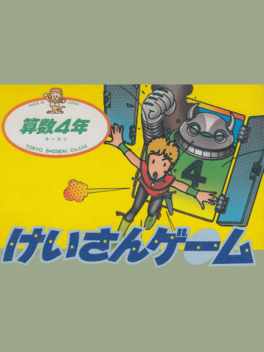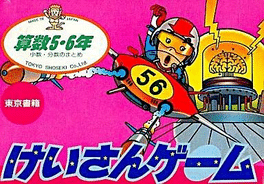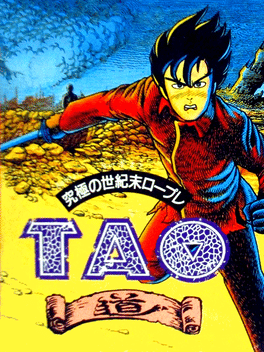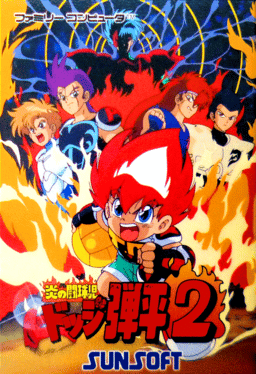Most Popular Family Computer Games - Page 27
-
Dooly Bravo Land
1992
-
Family Jockey
1987
-
Mashin Eiyuuden Wataru Gaiden
1990
A Japanese RPG based off the long running anime television series, "Mashin Hero Wataru." -
Igo-Shinan '92
1992
-
Igo-Shinan '94
1993
-
Igo-Shinan '93
1992
-
Popo Team
Popo Team is a game in which various animals use a machine known as the "Chi Chi Po" to clean garbage across the Earth. -
Mahou no Princess Minky Momo: Remember Dream
1992
A 1992 Famicom game published by Yutaka based on the Minky Momo magical girl anime. -
Perman: Enban wo Torikaese
1990
Perman: Enban wo Torikaese is a 1990 platformer from Irem based on the popular manga character. -
Keisan Game: Sansuu 2-nen
1986
An educational math game for young Japanese students. The second in a series of five games released in 1986 by magazine giant Tokyo Shoseki. -
Ninja Hattori-kun
1986
Ninja Hattori-kun
1986
A side-scrolling action platformer based on Fujiko Fujio A's manga series of the same name, which later became an anime series. The game was released around the same time the anime was aired. -
Keisan Game: Sansuu 1-nen
1986
An educational math game for young Japanese students. The first in a series of five games released in 1986 by magazine giant Tokyo Shoseki. -
Keisan Game: Sansuu 3-nen
1986
An educational math game for young Japanese students. The third in a series of five games released in 1986 by magazine giant Tokyo Shoseki. -
Keisan Game: Sansuu 4-nen
1986
An educational math game for Japanese students. The fourth in a series of five games released in 1986 by magazine giant Tokyo Shoseki. -
Keisan Game: Sansuu 5+6-nen
1986
An educational math game for older Japanese students. The last in a series of five games released in 1986 by magazine giant Tokyo Shoseki. -
Major League
1989
Major League
1989
This standard baseball game from Irem has the movie license for Major League, but doesn't actually use it much in-game. -
Tao
1989
Tao
1989
Tao is a quirky role-playing game with heavy religious themes. The game concerns a spiritual wanderer who is attempting to avert the end of days predicted by Nostradamus in a near future which has already been wracked with disaster. In order to do this, he must invoke the powers of various different religions and belief systems, including those from Hindu, Buddhist, Christianity and other faiths. The game is known for its abstract and unusual personality. A Sci-fi mystical RPG set in a post apocalyptic world, where a young man unravels a mystery regarding his origins and attempts to thwart an Nostradamus-tinged apocalypse that begins as a meteorite slams into his hometown. Find eight pieces of a trigram, 7 chakra statues and 7 amulets of the star lords in 7 mystic cities while fighting a cast of bizarre demons and gods! -
Honoo no Toukyuuji: Dodge Danpei 2
1993
A Famicom exclusive sequel to a multiplatform dodgeball game.
